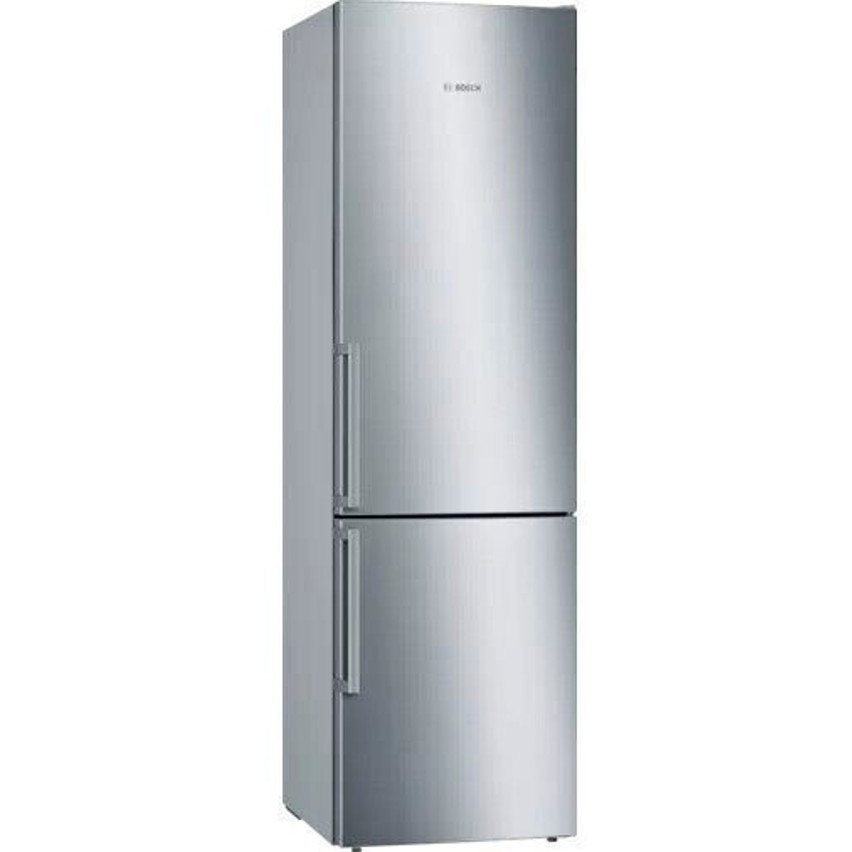Incontestable Evidence That You Need Refrigerator With 0-Degree Zone T…
페이지 정보

본문
Exploring the 0-Degree Zone in Refrigeration: A Comprehensive Test
Refrigerators are a staple in modern cooking areas, vital for maintaining food quality and ensuring it lasts longer. One function that has gathered attention recently is the 0-degree zone, frequently promoted as a perfect option for storing meats, fish, and other perishables. But what does the 0-degree zone involve, and is it really effective? In this post, we will explore the idea of the refrigerator's 0-degree zone, carry out a comprehensive test of its abilities, and respond to typical questions surrounding this function.

What is a 0-Degree Zone?
A 0-degree zone describes a specialized section within a refrigerator created to maintain a temperature level around 32 ° F(0 ° C). This temperature level is ideal for Weiße Ware Günstig Kaufen keeping disposable products fresh without freezing them. While conventional refrigeration runs at slightly above freezing temperatures (typically between 32 ° F and 40 ° F ), the 0-degree zone aims to extend the freshness of items that are more vulnerable to wasting.
Secret Benefits of the 0-Degree Zone
- Extended Freshness: Ideal for storing meats and fish, the cold temperature can help decrease bacterial development.
- Maintained Quality: Fruits and vegetables can keep their texture and taste longer when saved at this ideal temperature level.
- Reduced Spoilage: KüHl-Gefrier-Kombination Freistehend Test Prevents freezer burn for items that are typically kept in regular freezer compartments.
The Test: Evaluating Refrigerator 0-Degree Zones
To assess the effectiveness of the 0-degree zone, a range of fridges, geared up with this feature, were tested for their performance over a two-week period. Food items commonly kept in this area were kept an eye on, including beef, chicken, fish, fruits, and vegetables. Here's a breakdown of the approach and outcomes.
Test Methodology
- Refrigerators Selected: Five different designs featuring 0-degree zones.
- Products Stored:
- Ground beef
- Chicken breasts
- Salmon fillets
- Strawberries
- Carrots
- Temperature level Monitoring: Internal temperatures were logged daily utilizing exact thermometers positioned in the 0-degree zone.
- Quality Assessment: At the end of the two-week period, visual assessments and taste tests were carried out.
Test Results
Table 1: Temperature Consistency Across 0-Degree Zones
| Refrigerator Model | Average Temperature ( ° F)Fluctuation Range ( ° F | |
|---|---|---|
| ) Model A | 32.5 | 31.0 to 34.0 |
| Design B | 31.8 | 30.0 to 33.0 |
| Design C | 32.2 | 31.5 to 34.5 |
| Model D | 32.0 | 31.0 to 33.5 |
| Design E | 30.5 | 29.5 to 31.5 |
Table 2: Quality Assessment of Food Items After Two Weeks
| Food Item | Refrigerator Model A | Design B | Model C | Model D | Design E |
|---|---|---|---|---|---|
| Ground Beef | Fresh | Fresh | Slightly Discolored | Ruined | Spoiled |
| Chicken Breasts | Fresh | Fresh | Slightly Dry | Ruined | Spoiled |
| Salmon Fillets | Fresh | Fresh | Fresh | A little Dry | Spoiled |
| Strawberries | Fresh | Slightly Soft | Fresh | Spoiled | Ruined |
| Carrots | Crisp | Crisp | Slightly Wilted | Soft | Ruined |
Observations From the Test
Temperature level Consistency: All checked refrigerators kept temperatures near to the preferred 0-degree mark. Nevertheless, Model A and Model B showed exceptional consistency with very little fluctuation, making them more trustworthy for maintaining food.
Food Preservation: Items kept in Model A and Model B showed minimal signs of wasting, while those in Models D and E showed significant degeneration, KüHlschrank Ohne Gefrierfach especially the meat products.
Wetness Retention: The refrigeration models, despite keeping low temperature levels, handled to retain the wetness levels of the food properly, particularly in Models A and B.
The 0-degree zone in contemporary fridges presents a valuable enhancement for those seeking to extend the life of their perishable goods. This feature stands out for its ability to preserve optimum temperatures while minimizing spoilage and retaining food quality.
FAQs
1. What kinds of food are best suited for the 0-degree zone?
Foods that benefit from storage in the 0-degree zone include meats, seafood, ready meals, some dairy products, and certain vegetables and fruits that do not freeze well.
2. How can I inform if my refrigerator has a 0-degree zone?
Inspect your refrigerator's user handbook or the temperature level controls. Lots of brands consist of a particular compartment labeled as the 0-degree zone or similar phrasing.
3. Is it safe to store food in the 0-degree zone?
Yes, provided that the temperature level regularly stays around the 0-degree mark. Keeping food at this temperature assists restrict germs development while maintaining freshness.
4. Can the 0-degree zone be changed?
In many fridges, the temperature level settings for the 0-degree zone can be adjusted, but it's recommended to keep it near or at 32 ° F for optimal results.
5. The length of time can food last in the 0-degree zone?
This can vary depending on the type of food. Meat and Leiser Einbaukühlschrank Mit Gefrierfach Und No Frost Technologie fish can last longer than in a regular fridge but check particular guidelines for best practices on storage times.
In conclusion, investing in a refrigerator with a 0-degree zone not only boosts food preservation practices however also ensures that your active ingredients keep their quality and taste. By checking out numerous designs and their abilities, consumers can make informed options that suit their food storage requirements.
- 이전글Answers About Flower Gardening 25.11.14
- 다음글30 Inspirational Quotes About Replacement Key Fiat 500 25.11.14
댓글목록
등록된 댓글이 없습니다.
